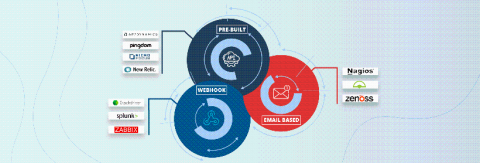Modernizing and Consolidating Your Monitoring Without Losing It...
The current days of remote work and “IT Ops from home” may or may not be here to stay, but they definitely reinforce the need for consolidating and modernizing our monitoring. The challenges which multiple siloed tools create for understanding the big picture are only exacerbated by having just one screen to look at when monitoring our IT from our kitchen table.











